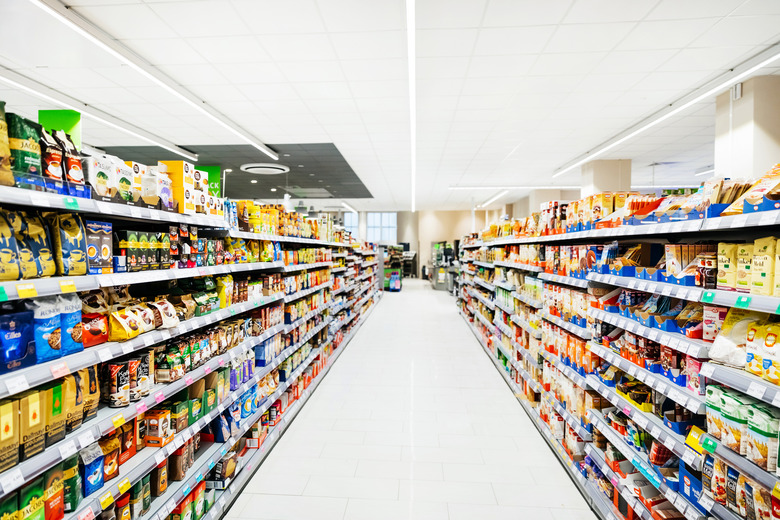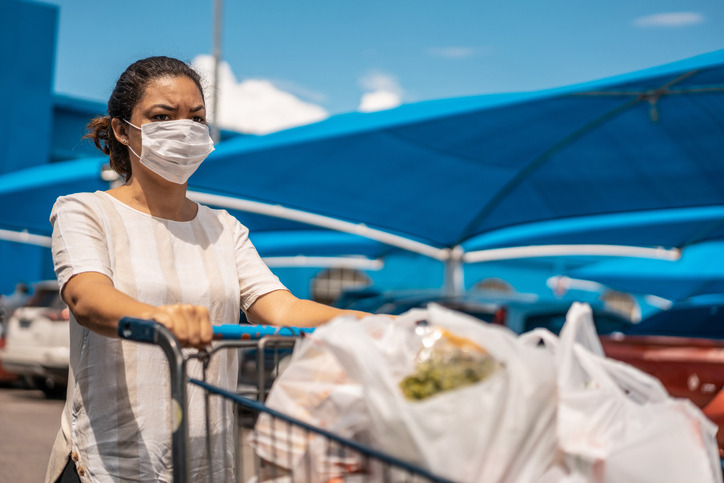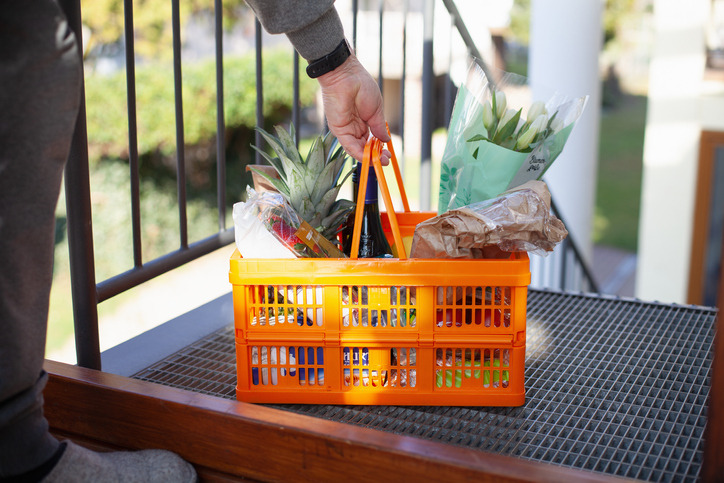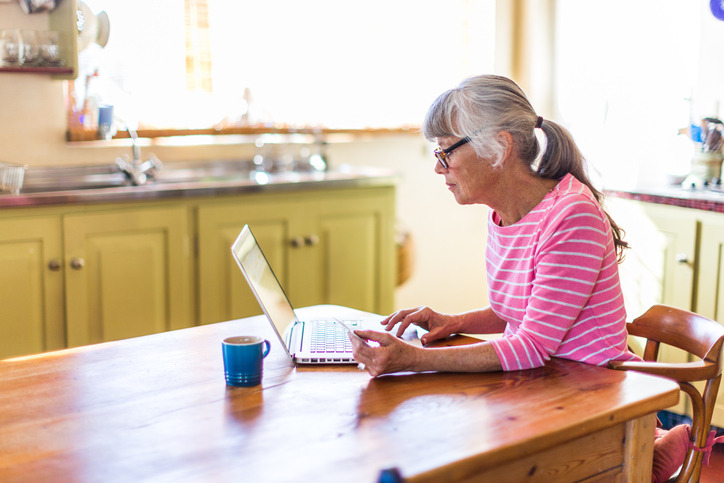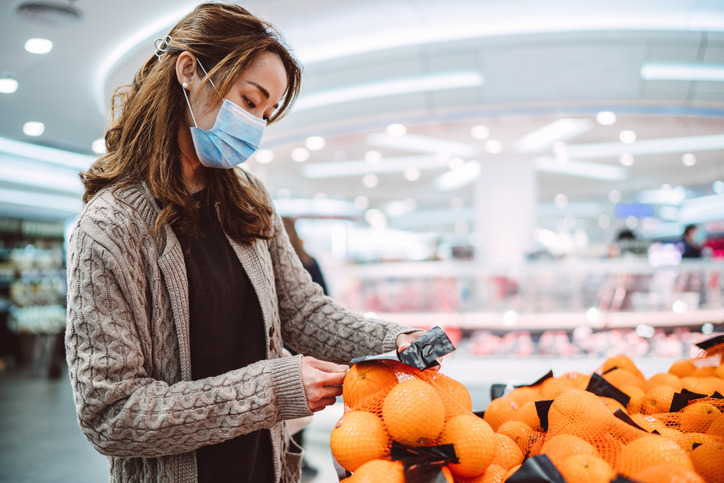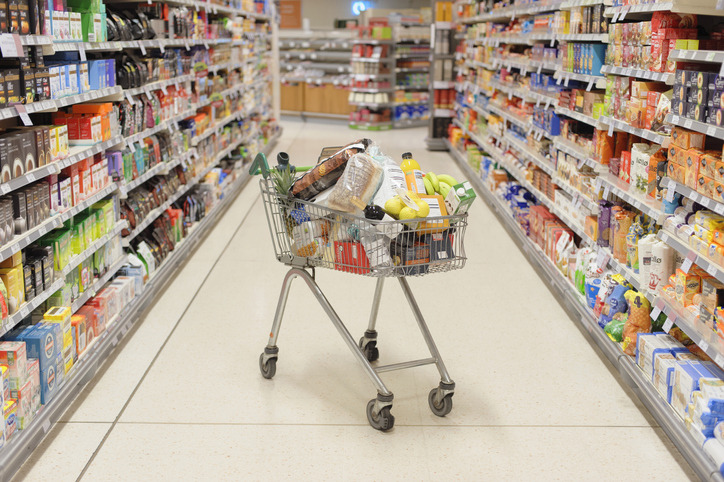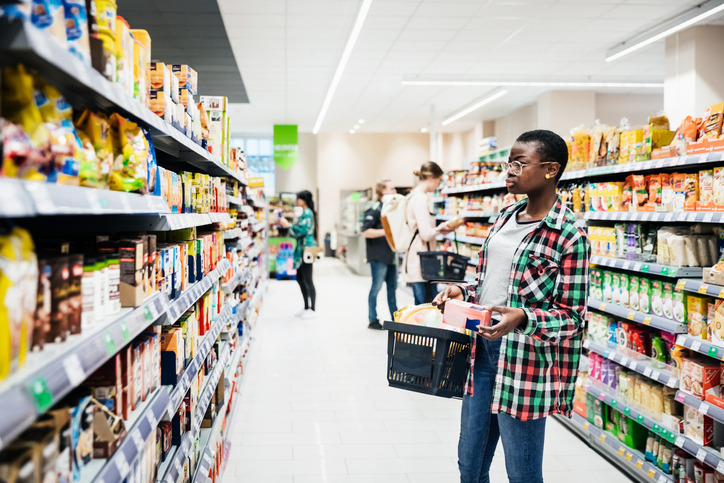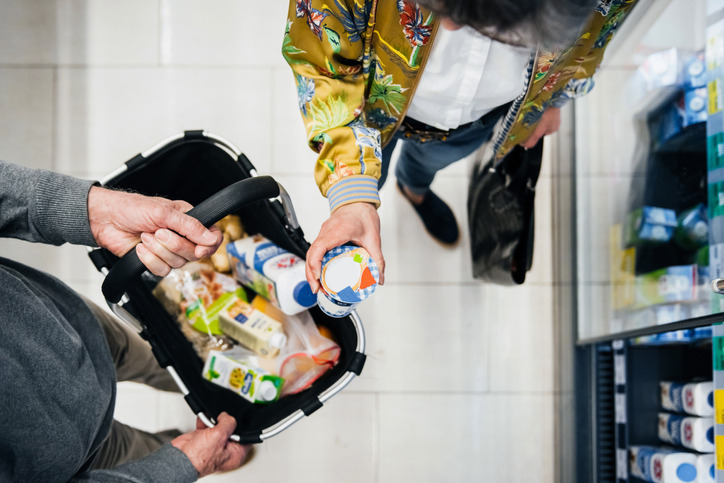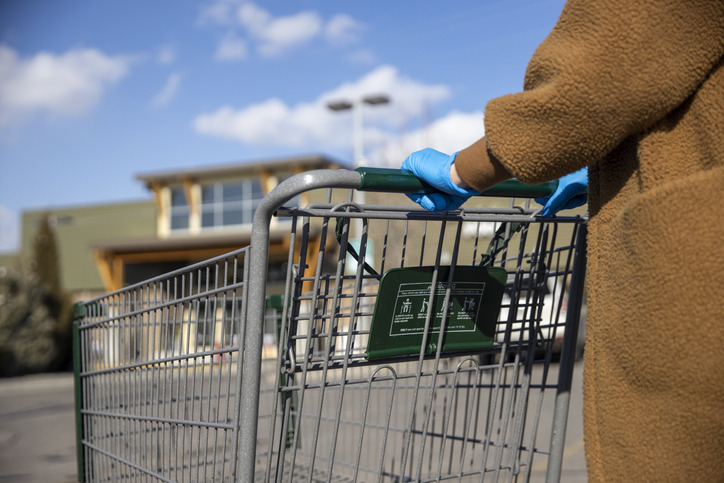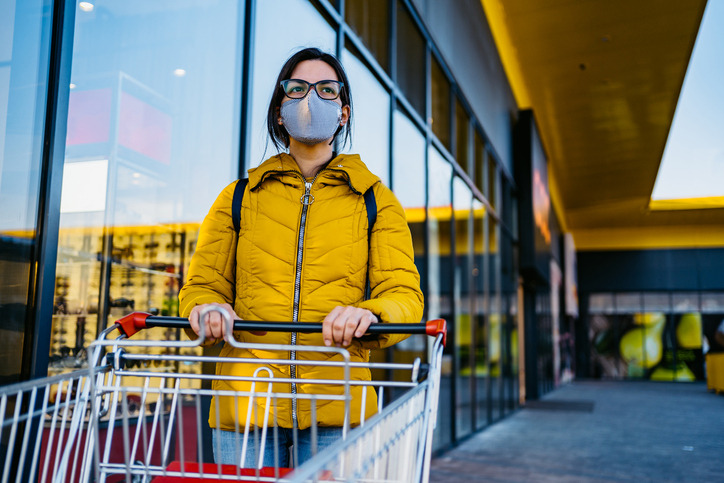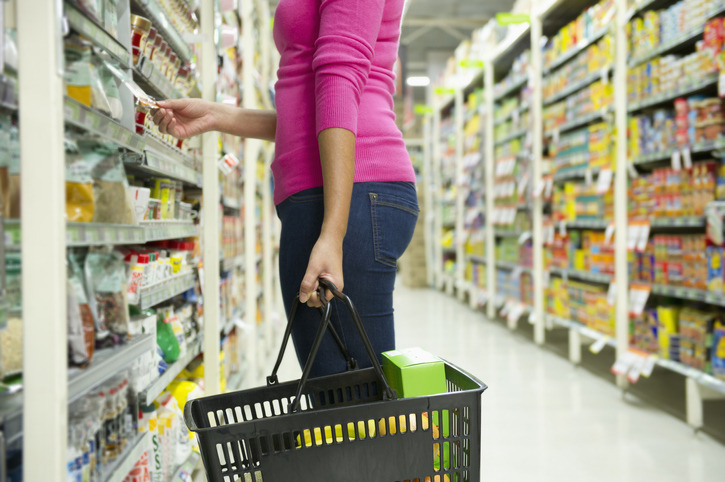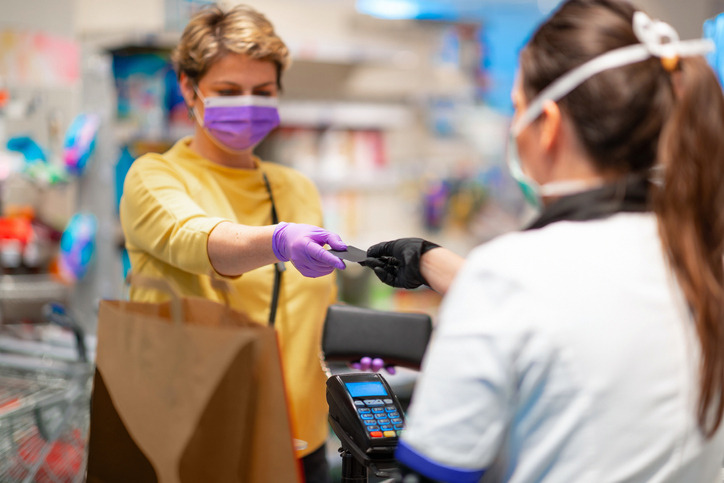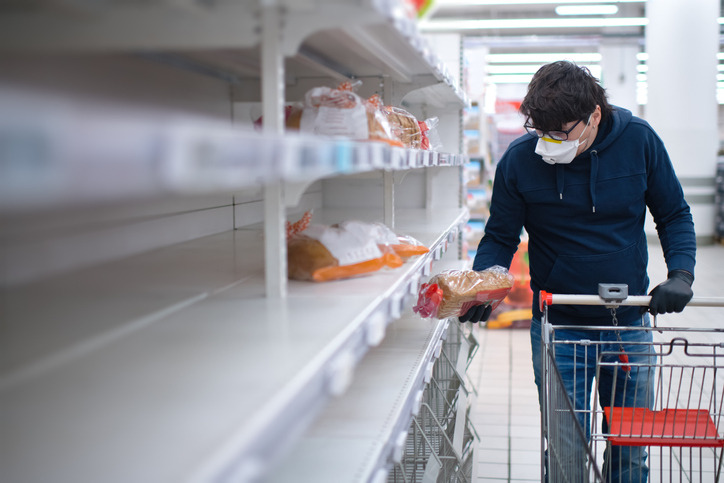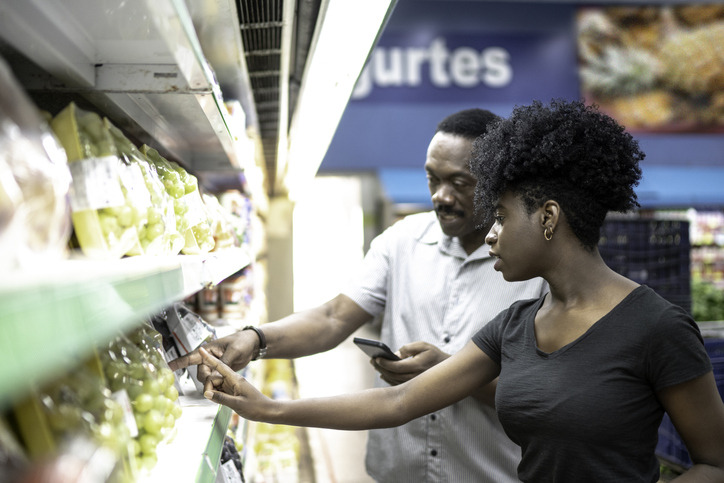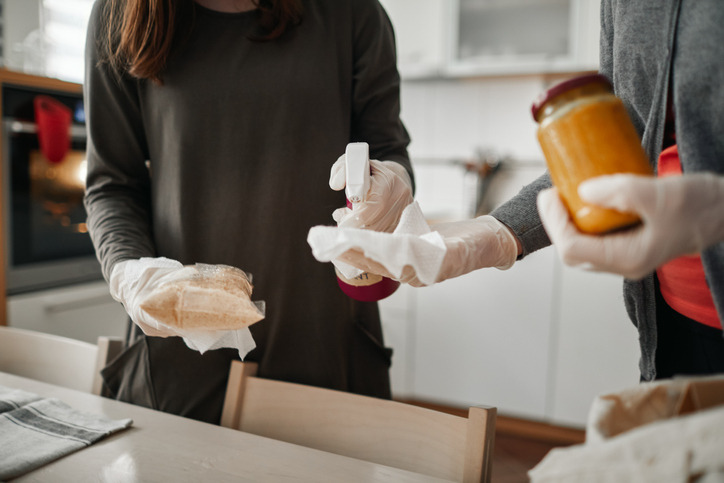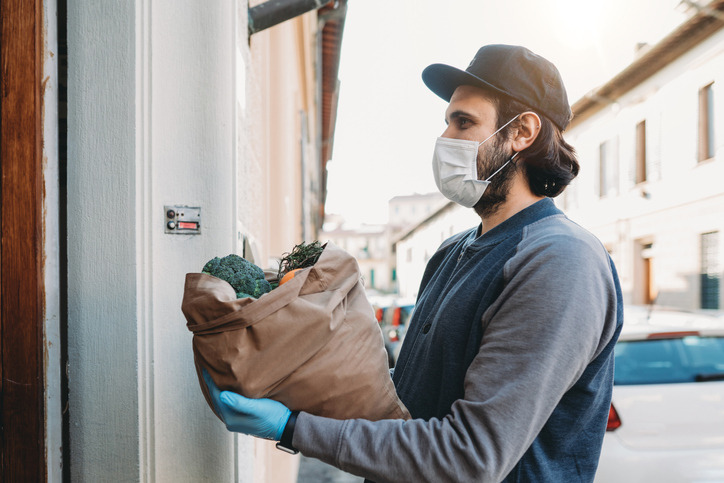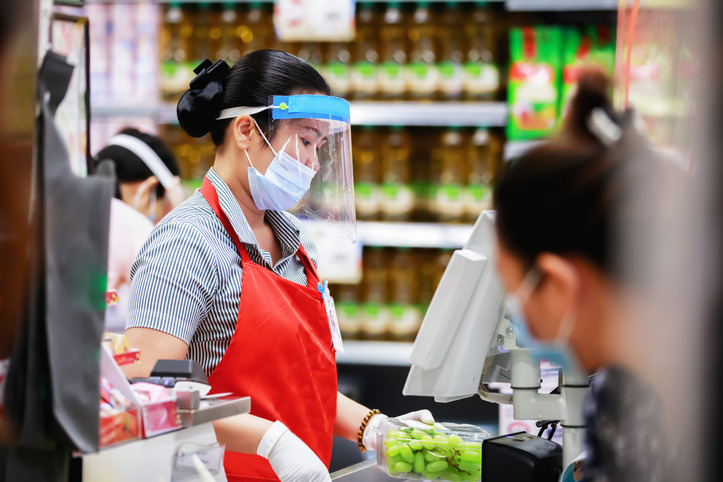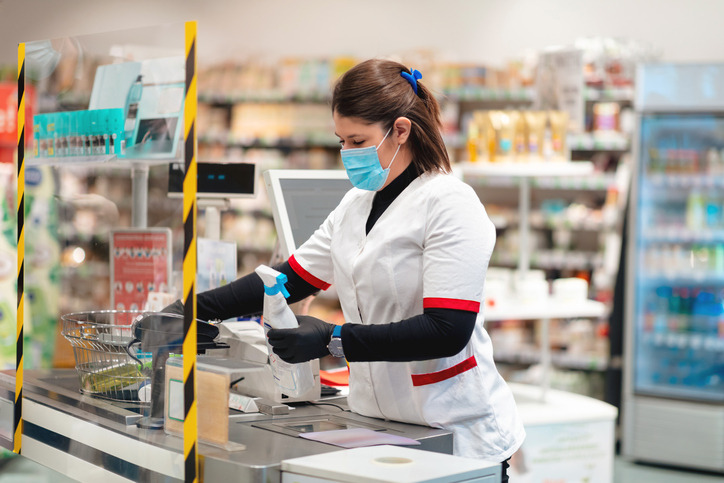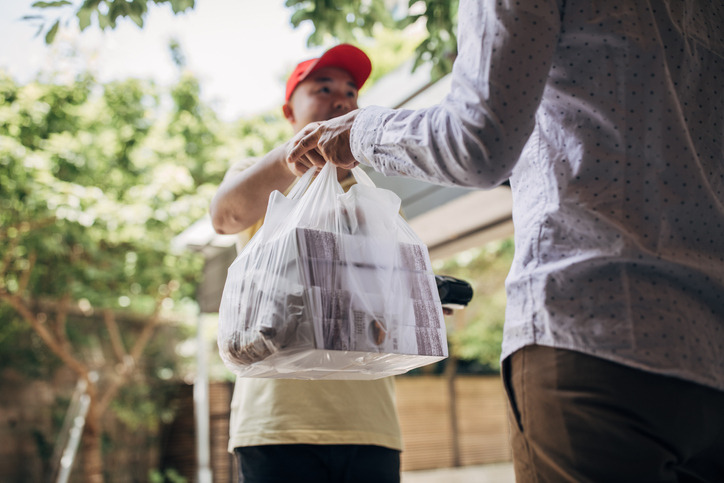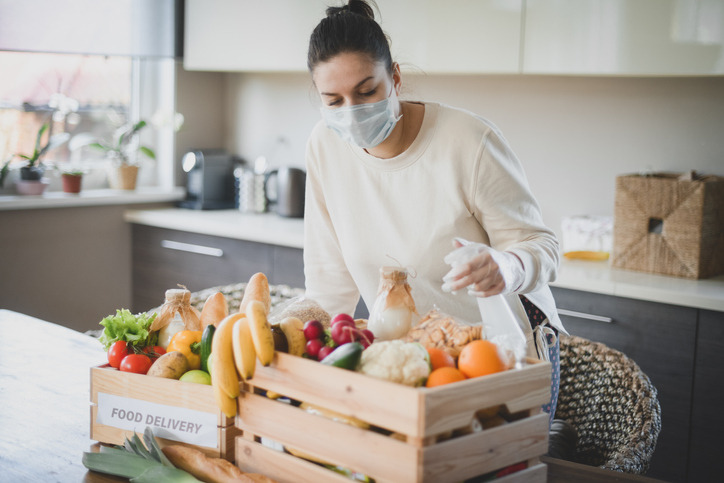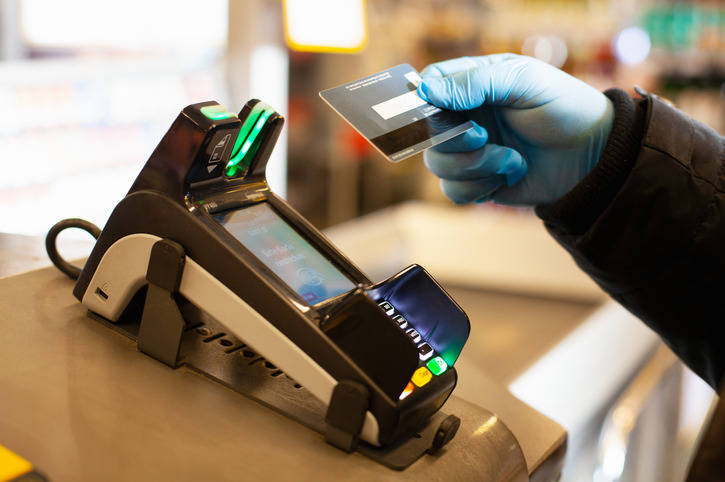Grocery Shopping: How It's Different During Coronavirus
Coronavirus has changed the way consumers are shopping. A study by C+R research conducted in late March 2020 showed the changes in shopping and diet habits due to COVID-19.
People are shopping more in the morning
Shoppers are becoming morning people. According to the study, 40% of consumers are going grocery shopping in the morning, 22% are going in the afternoon, 17% in the evening, 17% during mid-day and only 4% at night.
Grocery delivery has increased
People are doing their best to limit social interaction. According to the data, grocery delivery has increased 3.5 times compared to pre-pandemic numbers. So how much should you tip these essential delivery workers?
Online shopping has increased
Online shopping has already seen a huge growth in the past decade, but it has also emerged as another way to buy essential items. Online shopping has increased 2.5 times during the coronavirus pandemic.
People are making fewer trips to the store
People are taking social distancing seriously and limiting their trips out in public. Before coronavirus, people were taking an average of 2.3 trips a week to the grocery store. Since coronavirus, that has decreased to an average of only one trip per week.
People are buying in bulk
Among the respondents, 46% said the pandemic has led them to buy items in bulk. As a result, people need to have a better understanding of the shelf life of pantry items.
More people are unable to buy items they normally buy
Shoppers are having to substitute items on their grocery lists. With more people buying products in bulk, many items customers normally buy are not in stock. According to the study, 88% of people have been unable to find items they normally buy.
More people believe there should be a limit on items
With more people starting to buy in bulk, many people believe there should be a limit on the number of items you can purchase. According to a study, 89% of people think there should be limits on items.
People are fearful of shopping at the grocery store
According to the survey, 60% of respondents were fearful of shopping at the grocery store. One way to help stop the spread of germs is to wear a face mask and make sure you are doing it properly.
More people feel a sense of panic
Many people are struggling with anxiety surrounding the coronavirus. In fact, 60% of respondents reported feeling a sense of panic or anxiety when shopping at the grocery store because of the coronavirus.
People are witnessing price gouging
While there are some grocery store items that are worth spending more on, the essentials aren't among them. Half of the respondents claim to have witnessed price gouging at grocery stores they are shopping at.
Average weekly spending has increased
Restaurants are closed (although they are starting to reopen in some states), which means people are cooking more at home. As a result, weekly spending at grocery stores has started to increase. The average weekly spending before the pandemic was $159. Since the pandemic, the average weekly spending has increased to $184.
More people are buying what is available
Among those surveyed, 52% are buying whatever is available at grocery stores to feed their families. Seventy-six percent of respondents said they don't go out of their way to buy their favorite brands. And maybe this shouldn't stop after the pandemic. There are some products you should always buy generic.
People are comparing prices
Comparing prices while you are at the grocery store to make sure you get the best value while you are shopping is a great and easy way to start saving money. Among those surveyed, 48% are still compare-shopping.
Many people are disinfecting groceries
More people are doing what they can to use CDC-approved cleaning products to keep their home sanitized. People are also sanitizing what they bring into their homes, including groceries. According to the study, 45% of people are disinfecting their groceries upon returning home.
Most people feel safe handling items from delivery drivers
There were a lot of questions surrounding COVID-19 and food at the start of the pandemic but many of those have since been cleared up. Delivery food has been deemed safe to handle. As a result, 58% of consumers feel safe when they are handling items from delivery drivers.
Are grocery stores doing enough to protect employees?
Grocery store employees are among the workers that are considered essential during the coronavirus pandemic and they should be thanked for that. But according to the study, 50% of people believe grocery stores are not doing enough to protect employees from coronavirus.
People aren't sure if grocery stores are doing enough to protect customers
The study also points out that 35% of people believe that grocery stores are not doing enough to protect customers from coronavirus.
Some people stopped ordering takeout completely
Although there are still a lot of people ordering food and plenty of services that are still offering it, 59% of people have stopped ordering takeout and delivery completely.
People are disinfecting deliveries before handling them
Not everyone is going to the grocery store to get their items — many people are getting them delivered. And according to the study, 47% of consumers are disinfecting deliveries before handling them.
People are paying more for items
Budgeting and making a list for the store are ways to save money while you're at home in coronavirus quarantine. Unfortunately, 48% of respondents say they are paying more for items than they normally would at grocery stores. In fact, this is exactly how much grocery prices have jumped during coronavirus.
More From The Daily Meal:
The Least Eco-Friendly Things You Can Buy at the Grocery Store
The Most Eco-Friendly Things You Can Buy at the Grocery Store
The Best Grocery Store in Every State
The Best Grocery Stores in America
12 Ways Store-Bought Produce Can Make You Sick
